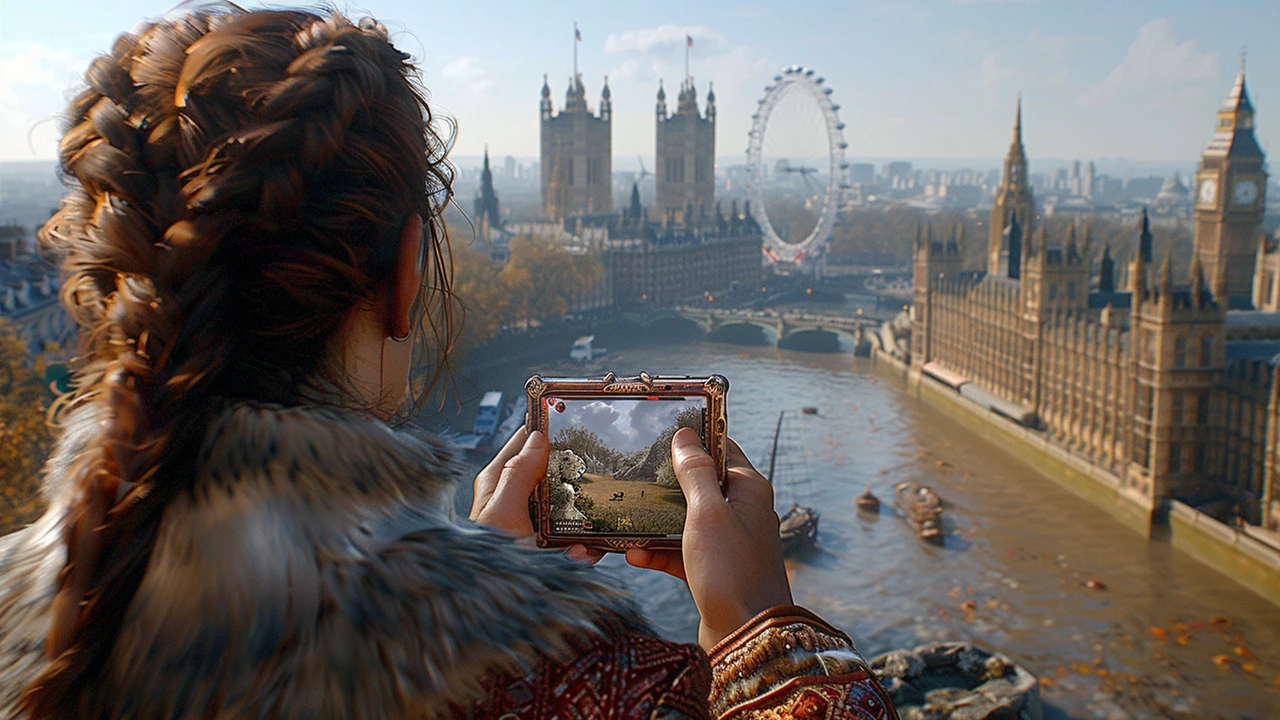Entertainment marketing that actually works in 2025
Gamers now spend more time inside virtual worlds than watching prime-time TV. That shift matters because attention has moved into games, streaming, and short-form video. Entertainment marketing meets audiences where they actually hang out, not where brands wish they did.
Put simply, entertainment marketing uses games, creators, streaming, and show-like content to build attention and sales. It isn’t just running a banner ad in a game. It’s tailoring creative to the platform, working with creators who know the audience, and measuring the right outcomes.
In-game ads and native placements
In-game ads can be billboards, branded items, or dynamic placements that match a game’s look. Start small: test one creative and one placement. Use real examples: team up with a racing game to place a subtle sticker on a car, not a popup break that ruins play. Track view-through rates and time-in-session. If CTR is low but session time rises, your ad is blending in—sometimes that’s exactly what you want for brand lift.
Best practice: make ads feel like part of the world. Use dynamic creative to swap messaging by region or event. Avoid interruptive formats that annoy players. A/B test creative, then roll out winners.
Use AI and creators to scale smartly
AI tools like ChatGPT speed up ideas, scripts, and replies. Practical prompt: ask for five short video hooks tuned to a trending sound, then pick the top two and film. Use AI for first drafts of captions, video outlines, and community replies, but always edit for voice. Audiences smell canned messages fast.
Creators still drive engagement. Micro-influencers with tight communities often beat big names for ROI. Offer creators creative freedom: an influencer-created quest, co-branded skins, or a branded challenge works better than scripted reads. Pay for performance where possible: fixed fee plus bonus for views or installs.
Short-form video matters. Tailor the first 1-2 seconds to stop the scroll, use captions, and give a clear next step. Repurpose long interviews into 15-second clips for Reels and TikTok to stretch your budget.
Measure what moves business. Track engagement, view-through, conversions, and lifetime value. Use UTMs and pixels, and run small incrementality tests when you can. If a campaign lifts brand metrics but not conversions, tweak the CTA or landing page before cutting the tactic.
Start with a tight pilot: test creative, placement, and audience. Learn one clear winner, then scale. Common mistakes: over-automating creative, placing ads that clash with content, and ignoring creator guidance. Keep the community in mind always.
Want examples and step-by-step how-tos? Check the entertainment marketing posts on MarketingMagnet Hub for hands-on guides about ChatGPT, in-game ads, and creator campaigns that actually move the needle.
Mastering In-Game Advertising: Engaging Players Through Entertaining Marketing Strategies
In the evolving landscape of digital marketing, in-game advertising stands out as a pioneering approach that merges entertainment with promotional tactics seamlessly. This insightful article delves into the world of in-game ads, offering a deep dive into how they’ve revolutionized marketing by captivating audiences where they spend a significant portion of their leisure time: within the immersive environments of video games. Discover the ingenious strategies marketers employ to keep ads engaging without disrupting gameplay, the psychological aspects behind player engagement, and the metrics that matter for successful in-game advertising campaigns.
VIEW MORE
